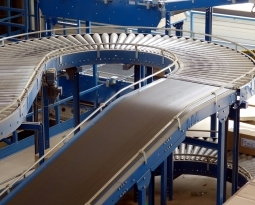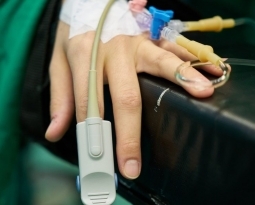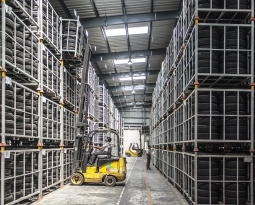Pennsylvania Patent of the Month – March 2023
Kaarta Inc, a leading provider of real-time 3D mapping and localization solutions, has recently developed a new method of pose calculation for portable three-dimensional scanning devices. The method, which involves utilizing data from multiple sensors to acquire six degrees of freedom of the scanning device, has the potential to significantly improve the accuracy and efficiency of 3D mapping in challenging environments. Without any existing infrastructure or GPS, only Kaarta’s proprietary, purpose-built technology is able to determine “where am I” and “what’s around me” on demand.
Traditionally, creating accurate 3D maps of as-built environments has required manual measurements, precision-surveying instruments, and imaging devices. However, new forms of mobile mapping have emerged in recent years that use passive or active sensing means to quickly capture a 3D map of the environment in real-time. These systems may use sensors such as laser radar (lidar), camera, inertial measurement unit, and other sensors, combined with sufficient computing resources and novel algorithms, to build a real-time 3D map of a local environment.
However, mapping is sometimes difficult or challenging due to the geometry of the environment. For instance, narrow stairwells or featureless environments may cause the model to be distorted or warped. To address this challenge, Kaarta’s new method of pose calculation utilizes data from multiple sensors to acquire six degrees of freedom of the scanning device, which optimizes the first pose calculation. The method then receives data from either the first sensor or the second sensor and selects a subset of the six degrees of freedom of the scanning device. It utilizes the data from the first sensor and the received data for the selected subset of six degrees of freedom to optimize a second pose, retaining the unselected degrees of freedom from the first pose. The received data associated with the second camera pose is then stored in a point cloud database.
Are you developing new technology for an existing application? Did you know your development work could be eligible for the R&D Tax Credit and you can receive up to 14% back on your expenses? Even if your development isn’t successful your work may still qualify for R&D credits (i.e. you don’t need to have a patent to qualify). To find out more, please contact a Swanson Reed R&D Specialist today or check out our free online eligibility test.
Who We Are:
Swanson Reed is one of the U.S.’ largest Specialist R&D tax advisory firms. We manage all facets of the R&D tax credit program, from claim preparation and audit compliance to claim disputes.
Swanson Reed regularly hosts free webinars and provides free IRS CE and CPE credits for CPAs. For more information please visit us at www.swansonreed.com/webinars or contact your usual Swanson Reed representative.

















